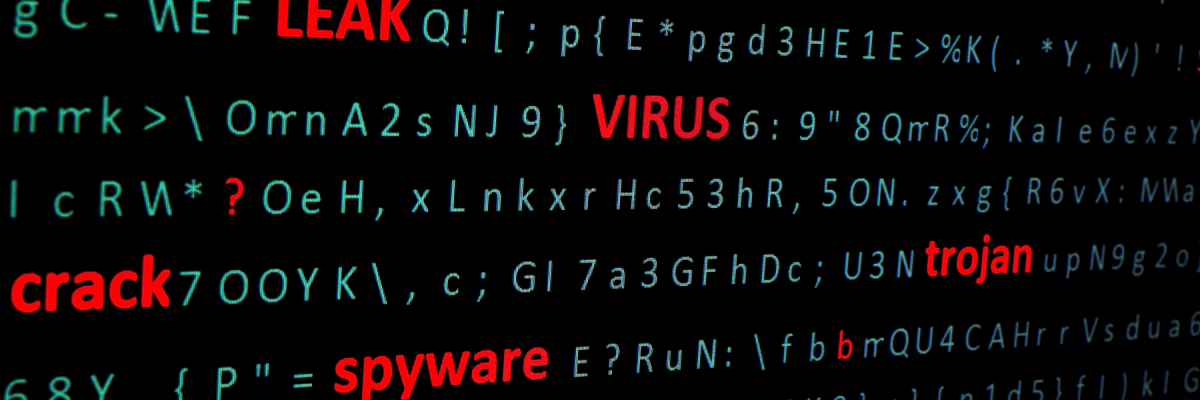
By Jennifer Adams
“Malware” and “virus” are catch-all terms used to refer to cybersecurity threats that are often used interchangeably, but what is the difference? What impact do they have on your network? Understanding the difference between a virus and malware is helpful if you encounter a situation that you must address. Keep reading to find out more.
Malware:
Malware is a broad term for any malicious software or computer code created specifically to harm and infect a computer, smartphone, tablet, or even your server. Malware attacks work in different ways and forms, targeting individuals, businesses of every size, and even government institutions. Ransomware, adware, spyware, trojans, and cryptojackers all fall under the category of malware. Ransomware is used to extort, spyware is used to spy on unsuspecting victims, and adware bombards the victim with an excessive number of ads. When successful, malware can do everything from allowing a hacker backdoor access to your system to steal your most sensitive data to destroying a device or possibly an entire system.
Computer Viruses:
Viruses, a subcategory of malware, are just like viruses that cause a human to become sick. Computer viruses spread and seek to replicate themselves and infect other devices with malicious codes that attach to files and travel through compromised emails, websites, and flash drives. Once the hacker activates the virus, it may delete or encrypt your files and alter or disable computer programs. The symptoms of a computer virus include slow performance, erratic computer behavior, frequent computer crashes, and unexplained data loss.
Antivirus software has made significant progress in its ability to identify and remove viruses. Once installed, the software will scan for malicious programs and preset options to you for removal. If you are unsure of exactly what you need, consult with a managed IT provider.
What they have in common:
Both malware and viruses allow criminals access and/or control over your network. It allows them to steal information, hold your files for ransom, monitor your usage, and use your computer to infect others, maybe even people you know. Consulting with a managed IT provider is the best way to determine your computers exact needs and combat cybersecurity hazards.
Sources:
https://www.mcafee.com/enterprise/en-us/security-awareness/ransomware/malware-vs-viruses.html
https://www.avast.com/c-malware-vs-virus
https://www.webroot.com/us/en/resources/tips-articles/malware-vs-virus
https://www.spambrella.com/difference-between-malware-and-viruses/
https://www.avg.com/en/signal/what-is-malware
https://www.webroot.com/us/en/resources/tips-articles/computer-security-threats-computer-viruses
